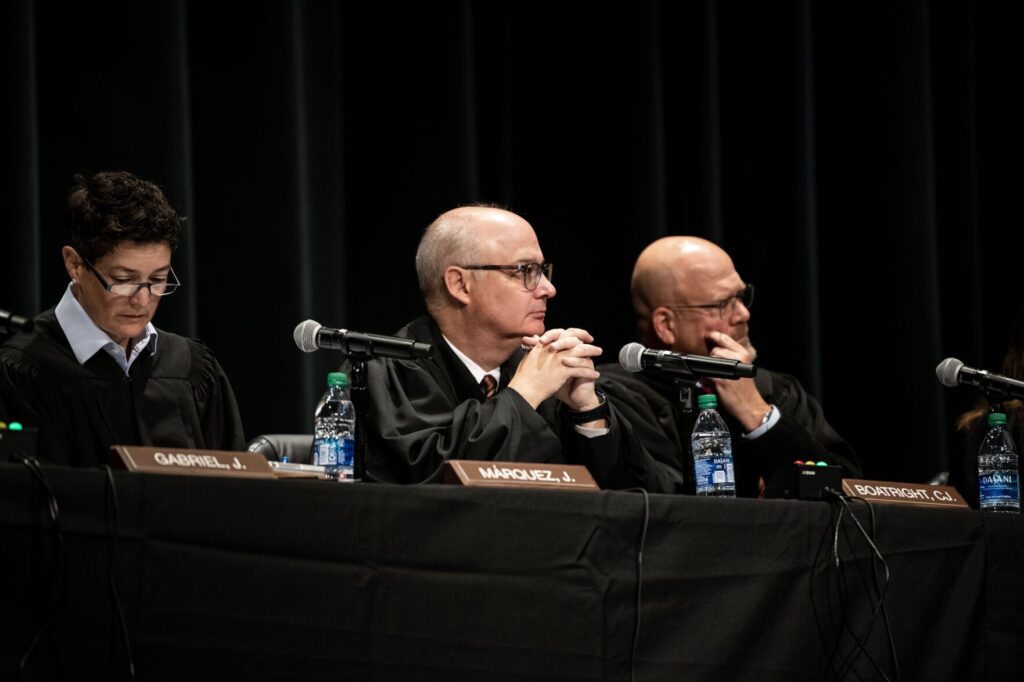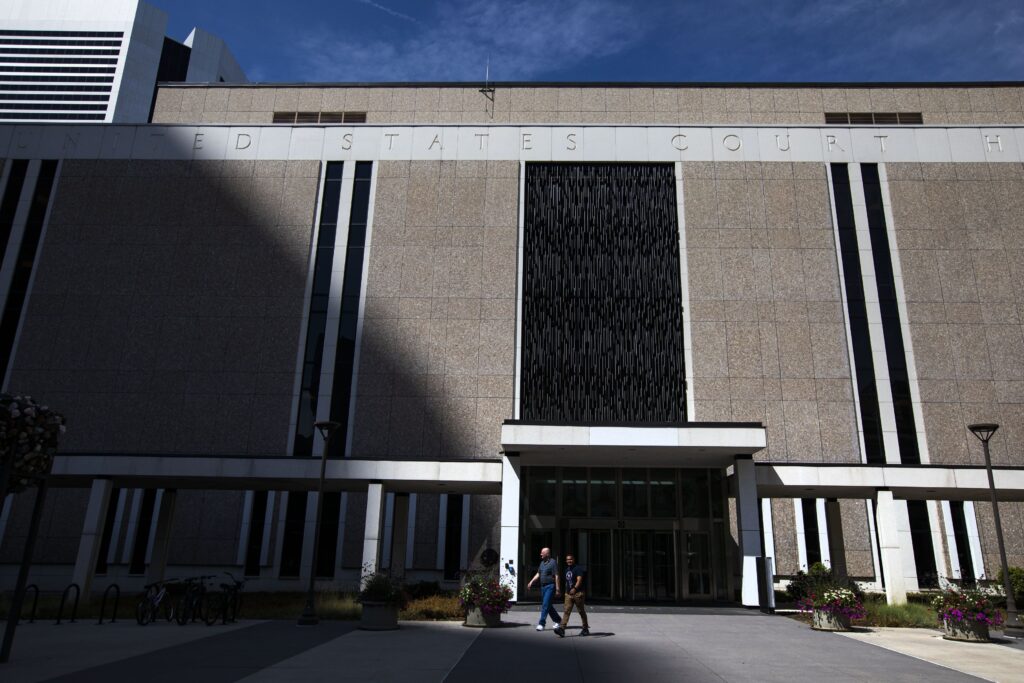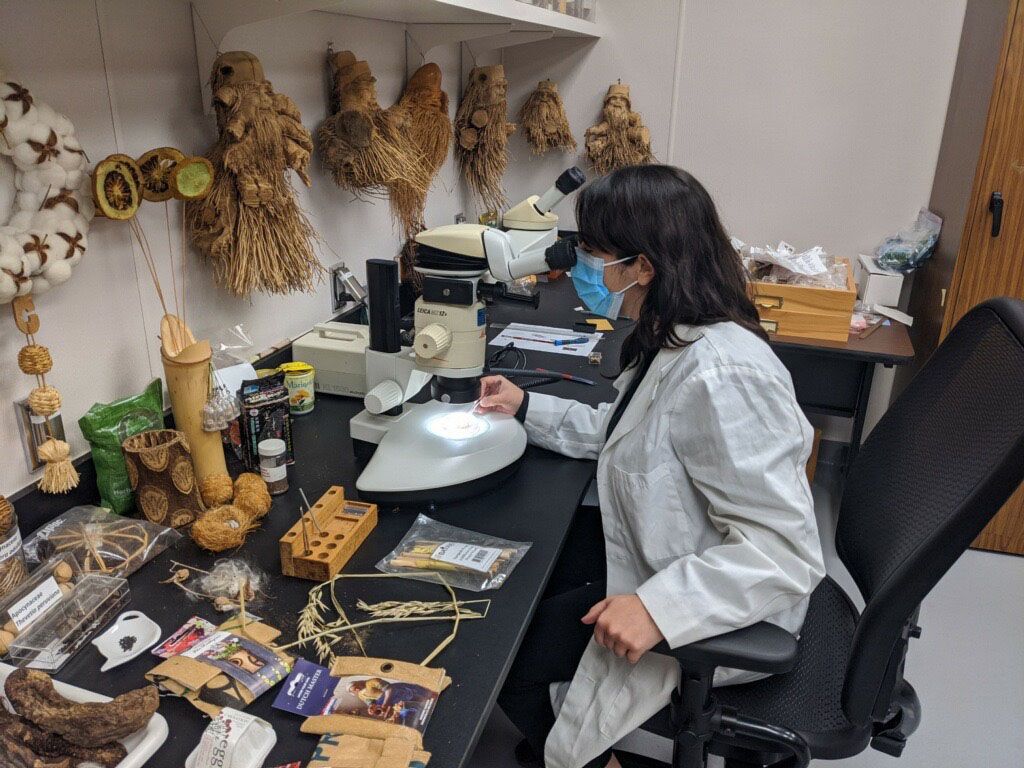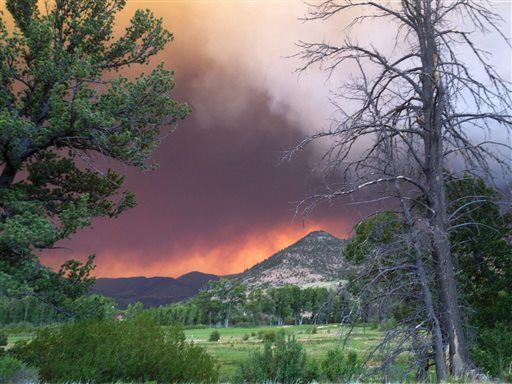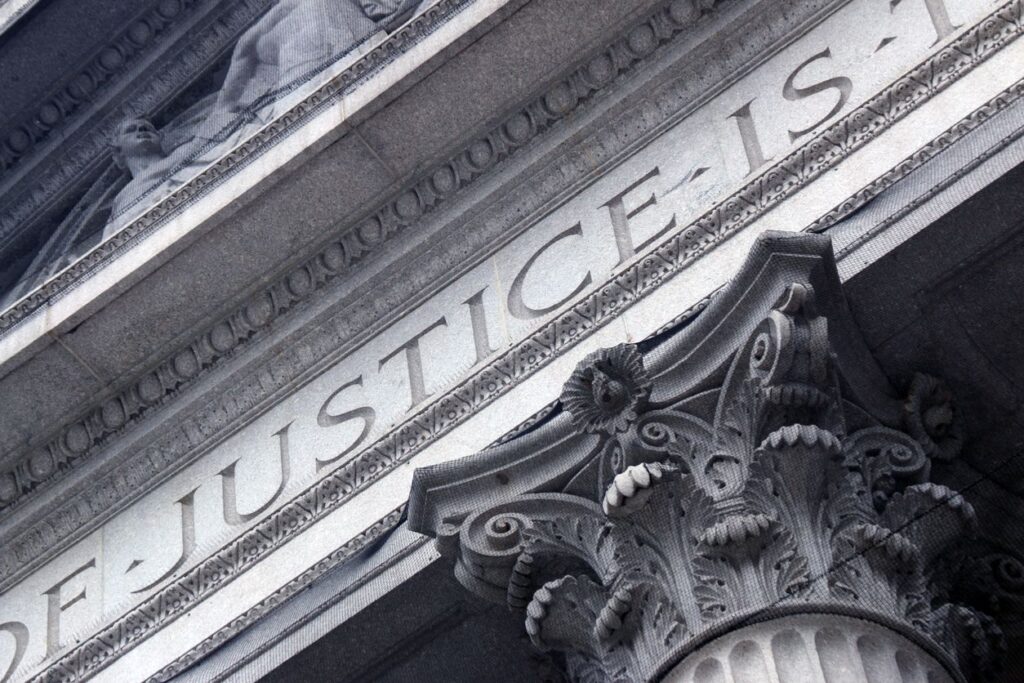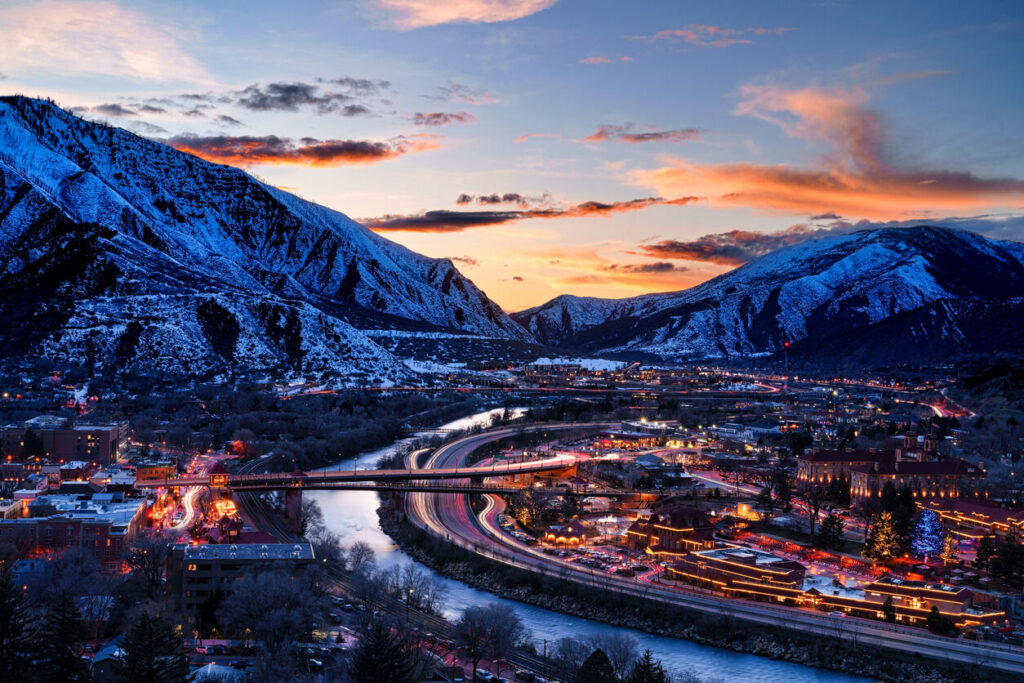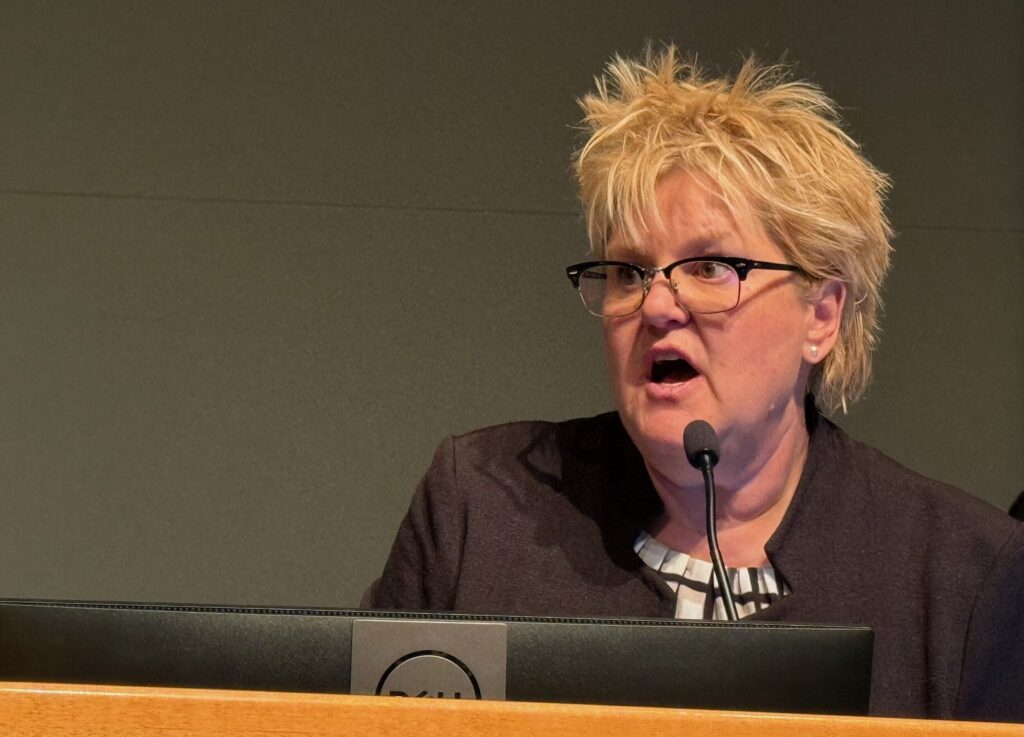Experts: Fracking is safe

Hydraulic fracturing, or “fracking,” has been a hot topic in Colorado for the last few years, but policy and energy industry experts worry that information overload has left much of the public confused about what is fact and what is fiction.
“There are a lot of misconceptions out there,” says Kelly Sloan, Energy Policy Fellow for Colorado’s Centennial Institute.
Fracking is an oil and gas production method that has been used for decades to release hydrocarbons trapped in “tight,” or non-permeable, rock formations deep underground.
“Repeated studies, by the EPA, and several universities around the country, including in Colorado, have consistently demonstrated that fracking does not cause systemic harm to water supplies, and that the well casing and cementing technologies employed by the industry are effective” – Kelly Sloan, Energy Policy Fellow for Colorado’s Centennial Institute
“Fracking is one of a number of tools or methods that we have to produce oil and gas and is a technique that has been around since well before I started in the business,” said Reed Williams, owner of Willsource Enterprises, a small independent oil and gas company based in Denver. “Over the past decade or so, the technology has improved and has been paired with other technologies, like horizontal drilling, to allow us to recover oil and gas that we couldn’t otherwise get to.”
Williams explains there are a number of important steps taken before fracking happens; a well is first drilled, then logged with high-tech sensors to determine exactly where and roughly how much oil or natural gas is located, and what kind of rock it is located in. After that, it is lined with a number of layers of steel casing, each sealed in with cement to prevent leakage. The well is then scanned with special electronic tools to ensure the quality of the cement bond.
At that point the drilling rig is moved off and the fracking process can begin. It starts with another special tool that punches small holes through the casing, cement and into the rock, creating channels for the oil and gas to flow into the wellbore.
“In some wells, where the rock is permeable and there is sufficient downhole pressure that was enough to start producing,” says Williams. “In today’s wells, where the resource is trapped in tighter rocks, you need to go another step.”
That extra step is the actual fracturing process. A mixture consisting of about 90.5 percent water, 9 percent proppant (such as sand), and 0.5 percent chemical additives – generally consisting of a combination of a lubricant, anti-bacterial (to prevent bacteria from growing and plugging the holes), and an anti-corrosive to prevent the steel casing from rusting – is pumped down the well. There it enters the holes made in the formation and is pressurized causing small cracks, or fractures, in the rock, creating paths for the oil or gas trapped inside to flow into the well. The sand is added to the water mixture to hold the fractures open.
Williams says that another one of the misconceptions many people have about the process is the size of the fractures created.

“These are very small fractures, not giant fissures like some people imagine,” he explains. “The effect of the fracking process is best described as like the cracks you see in a windshield when a rock hits it.”
While critics of the process often cite concerns over potential water contamination as a reason to oppose fracking, Sloan said these criticisms are untrue and based on a very limited understanding of the process.
“Moreover, fracking has allowed such a tremendous amount of natural gas to be produced in this nation that the price has lowered sufficiently to make it the top source fuel for electrical generation, replacing more carbon-intense forms and actually reducing carbon emissions,” he said.
Sloan says that a greater public understanding of the details of the fracking process may help quell some of the often-heated battles taking place over energy development.
“People fear the unknown, and that fear is easily exploited and used by people with a particular political agenda to cloud the issues and generate irrational opposition,” he says. “One gets the sense that if there was a more in-depth understanding about what the production process entails and how it is done, that that would go a long way toward easing some of the tensions and concerns.”


